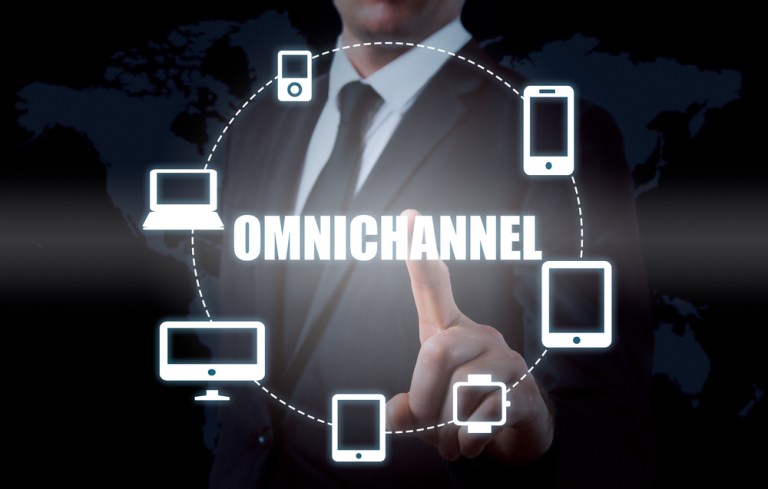
Connecting with consumers has seen a significant change over the course of the past few decades.
No longer are retailers working with marketers to figure out a way to mass market products and services.
With the advent of connected devices in the palm of almost every consumer’s hand, the retail ecosystem has certainly seen a shift. Retailers are working hard to not only adjust but also enhance the approach to securing and maintaining sales. The ability to gain and retain consumer loyalty has never been more complex than it is today.
Instead of the only interaction between retailers and consumers being when either they walk into the brick-and-mortar store or see an advertisement on the television, consumers today are constantly bombarded with retail content. From smartphones to chatbots, laptops, smart TVs, connected cars and more, there are a myriad of ways to reach out to consumers.
Omnichannel offerings expected from consumers is only increasing.
Between 2015 to 2016, consumer expectations for multiple purchase options grew from 61 percent up to 74 percent according to Retail Systems Research’s 2016 Customer Experience/Unified Commerce Benchmark Survey.
Through this omnichannel experience, retailers have more ways to connect with consumers. The issue that arises with having multiple avenues for those retailers is choosing which ones to go down and how much time should be allotted to each for maximum impact.
Even as consumer expectation rises, a mere 25 percent of retailers are confident that they’re meeting the omnichannel demands of the retail industry, according to Boston Retail Partner research. Given this low number, it may be difficult for retailers to match consumers’ desires without a drastic shake-up.
McKinsey’s analysts acknowledge the fractured retail environment as merchants move forward with regards to competition and consumer demand.
“Retailers face competition from companies that used to be their suppliers as consumer brands open dedicated retail chains and online direct-sales offerings,” the analysts said in a McKinsey blog post. “Consumer packaged goods (CPG) companies, in turn, face competition from retailers’ growing private label product offerings. And both retailers and CPG companies face competition from online superstores, such as U.S.-based Amazon or Europe’s Zalando, which offer vast ranges of products, inspiring customer experiences, personalization, ever faster delivery, quick returns and more.”
As such, it may be difficult to pinpoint the best way to move forward with an omnicommerce approach for the multichannel preferred consumer.
The National Retail Federation’s third Omnichannel Retail Index released this year is showing that while retailers understand the importance of providing an omnichannel experience, few are acting on it, with just 55 percent deploying best-practice omnicommerce features. Also of note, there are 98 percent of retailers offering up multiple ways to get in touch with customer service but just 20 percent have the simple look up and search for in-store offerings via online availability.
So this may mean that retailers are not quite ready to let the reins go to help consumers be completely autonomous in shopping preferences. As the ability to look up items is low, customer service contact options are high and confidence in meeting omnichannel demands is not high, omnichannel consumers may become more frustrated as time moves on.
In consumer news this week, we’ve learned that Generation Z-ers are most influenced by social media when it comes to purchasing decisions.
Amazon’s Prime Day turned out to be a solid tool for other retailers to lure shoppers onto their sites. Those choosing to have big sales on the same day as the eCommerce giant’s Prime Day saw their sales increase by 17 percent.
The ability for retailers to capitalize on omnichannel shoppers seems to not quite be in the optimal spot yet. From consumer activity, it’s likely that we’ll continue to see retailers try out new consumer in-store and online experiences for locking down future strategies.